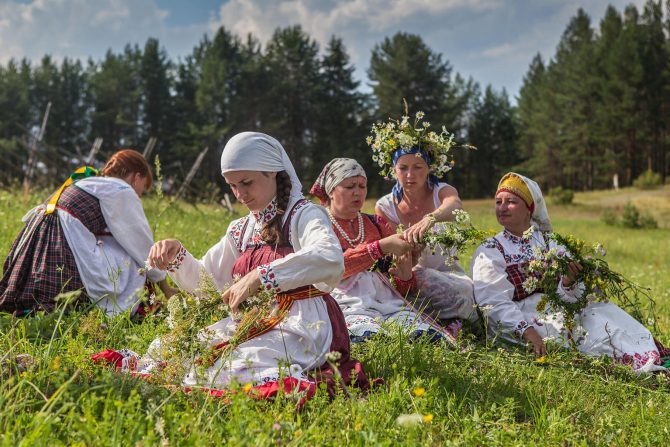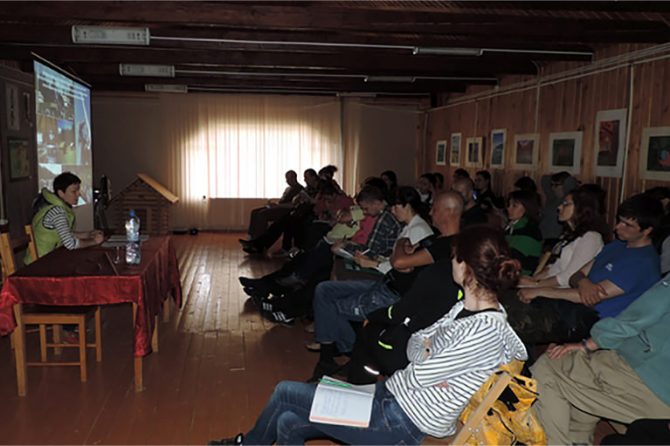2013 RUSSIA
Cultural landscapes as vectors for local sustainable development
Environmental Education Center Zapovedniks
Capacity building
Landscape
Overview
Many cultural landscapes of Russia are located in rural areas where living standards are low, unemployment rate is high, and economy is prioritised over the preservation of local cultures. Protected area managers and other key stakeholders do not have enough skills, knowledge or resources to effectively manage cultural and socio-ecological landscapes. The Environmental Education Center Zapovedniks therefore implemented this project to foster the capacity of and collaboration between protected area managers, local communities and local authorities, with a view to bring about a positive change towards long- term socio-economic development.
Key achievements
- The capacity of protected area managers, local communities and local authorities to work with cultural and socio-ecological landscapes was enhanced
- Innovative approaches to managing, protecting and interpreting cultural landscapes were introduced and disseminated
- Good practices in Kenozero National Park were documented and published in an educational brochure, a special issue of an environmental education newspaper “Protected Islands” as well as in official websites. These were disseminated through the network of all protected areas, museums and other relevant authorities in Russia, as well as to international audience at the World Parks Congress in Sydney.
Lessons
- The project demonstrated the practical role of cultural landscapes in local socio- economic development, and suggested new approaches to protecting natural and cultural heritage, and to developing rural areas through the involvement of local communities in sustainable tourism and traditional land uses.
Project location
Organisation

Environmental Education Center Zapovedniks
- Sector
- Non-governmental organisation
- Country
- Russia
- Website/SNS
- http://www.wildnet.ru/
Relevant projects
Projects of the same year
Aichi Biodiversity Targets
Aichi Biodiversity Targets
-
Awareness increased
-
Sustainable production and consumption
-
Protected areas increased and improved
-
Traditional knowledge respected and integrated
Sustainable Development Goals
Sustainable Development Goals
-
Decent work and economic growth

